A fine optic.
My latest excuse for adding inexpensive, older Nikkors to my collection is “Roy made me do it”, the Roy in question being none other than English photographer Roy Hammans whose work I greatly enjoy. Now if some guy with a burgeoning check book and conflicted interests – you know, one of those ‘reviewers’ who gets gear free from the manufacturer – tells me something is good, I disregard the ‘advice’ and turn the page. But when a great photographer tell me this is one superb lens at a bargain price, and one which he has happily used for two decades, I think nothing of simply plonking down my cash and waiting for the mail man.
My latest addition is Nikon’s mid-range pro zoom of the 1990s. It’s autofocus and fixed maximum aperture, beautifully made in an all metal barrel, and goes for a song. While closest focus is 2 feet, it will go down to 1:4 life-size at 35mm when a small button is pressed and the focus ring turned. That’s pretty close to the front element at the minimum focus distance and you have to focus manually, but it’s handy in a pinch.
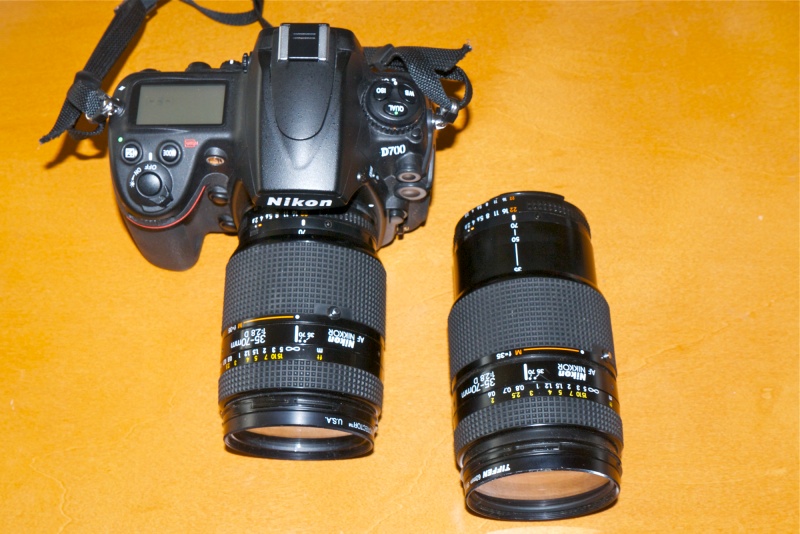
On the camera at 70mm and off at 35mm in Macro mode.
The front element is exposed so a filter and/or hood probably make(s) good sense for protection. The front of the lens rotates with focus so this is not the ideal lens for use with a polarizing filter. The lens uses push-pull zooming like the 75-150 profiled earlier and shows very minor zoom creep when extended at 35mm with the lens pointed to the sky. No effect in real world use, as the zoom pretty much stays put where you last left it. Everything else you need to know is in Roy’s review and test data. This lens is AF but has no VR. There’s a lock for the minimum aperture on the related ring which is used for Aperture Priority automated exposure metering. Contrast is high even directly into the sun, definition is excellent across the frame at all apertures and autofocus is fast.
Roy prepared a very data rich analysis when educating me about the lens, which you can read by clicking the picture below. His mouseover illustrations are especially informative, permitting instant comparisons between results at different apertures. The minimal loss in definition from diffraction at f22 is especially noteworthy:
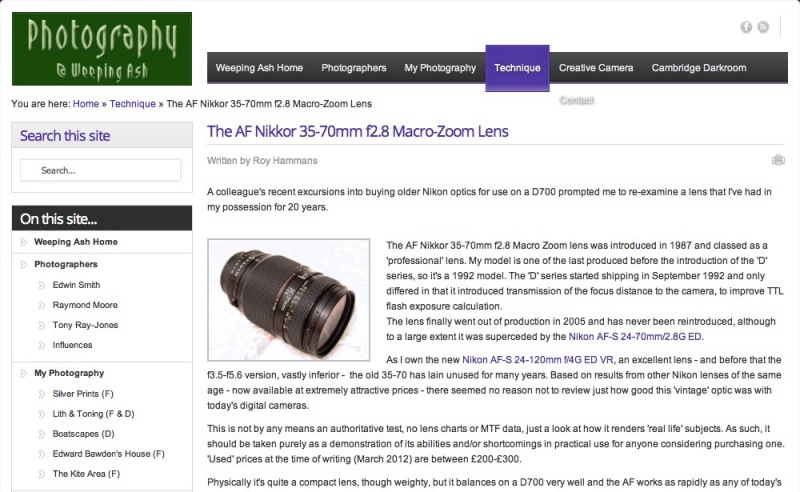
Click the picture for Roy Hammans’s Nikkor 35-70 f/2.8 tests and comments.
Since this lens was discontinued, Nikon has made its mid-range zooms wider and bulkier – and they cost a lot! Meaning four to five times as much. If your other lenses mesh nicely with the 35-70mm range, look no further, unless you really must have Vibration Reduction. This lens has none.
Some snaps:
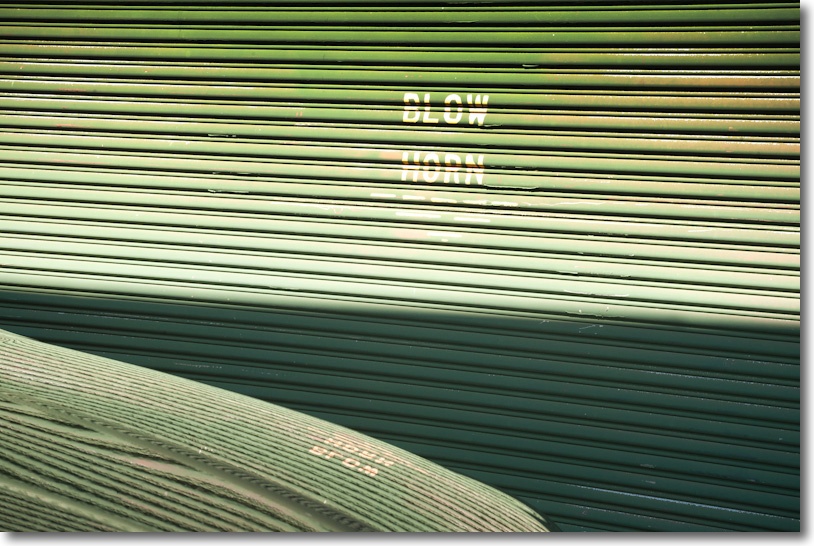
Blow Horn. At 70mm, f/16.
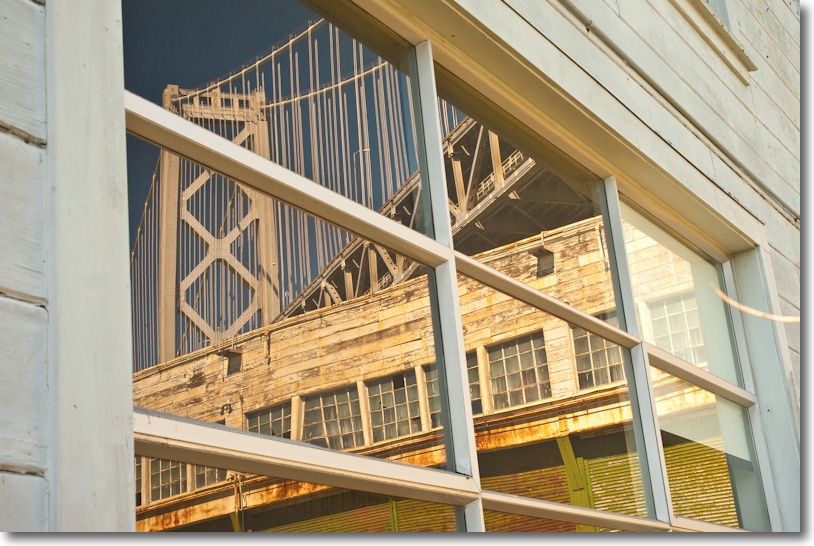
The Oakland Bay bridge. At 52mm, f/16.
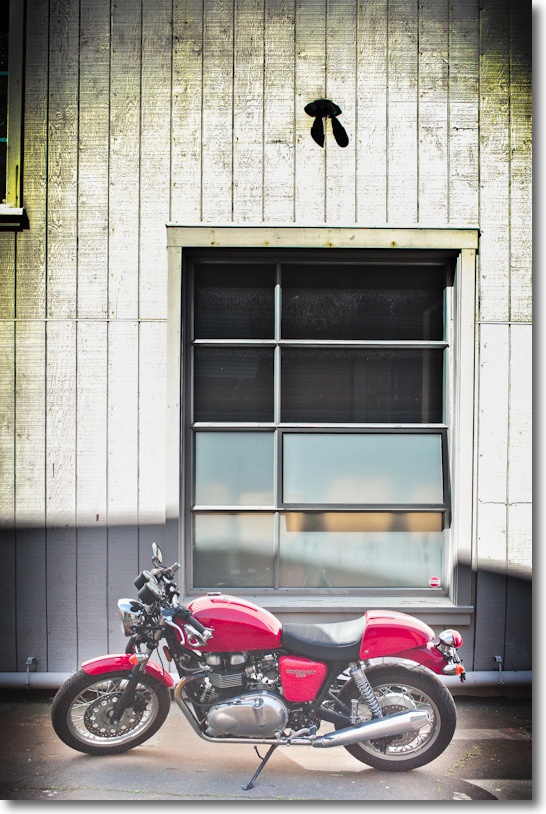
Triumph. At 40mm, f/5.6, My vignette. I have never seen a motorcycle I did not like.

Fishermen’s Wharf, SF. At 52mm, f/6.7. My vignette.
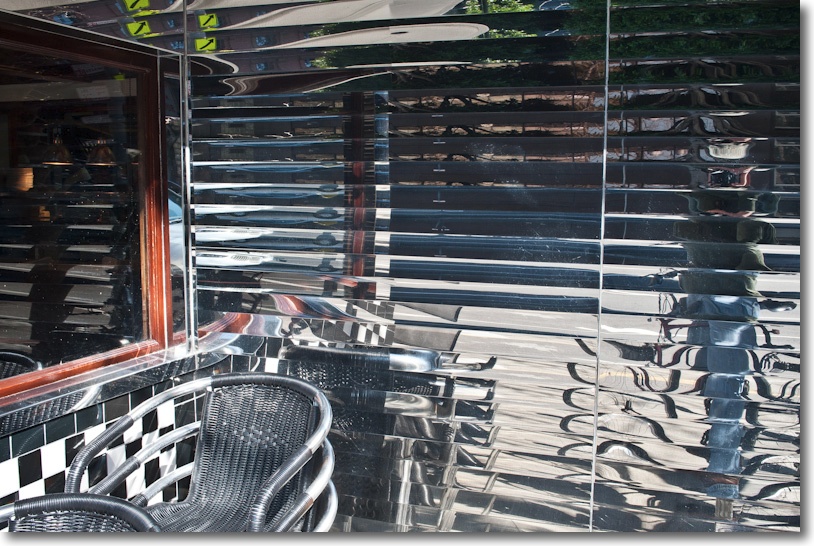
Self portrait with bike. My vignette. At 35mm, f/13.
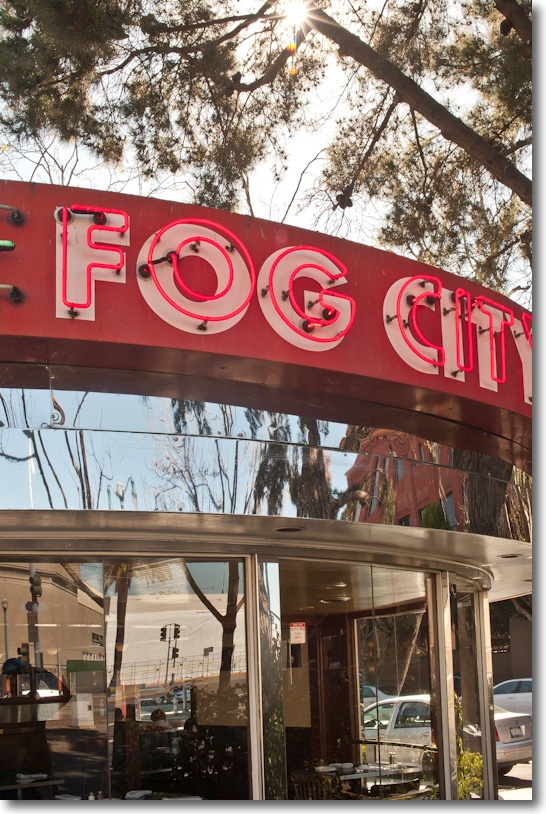
Fog City Diner. Sun in frame. I used f/22 to get the star effect. Note only minor ‘ghosting’.
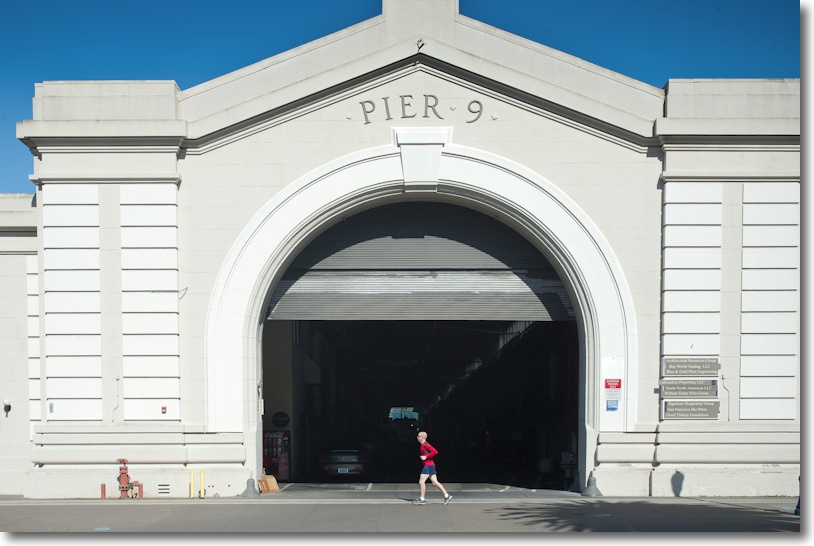
Pier 9. At 48mm, f/11.
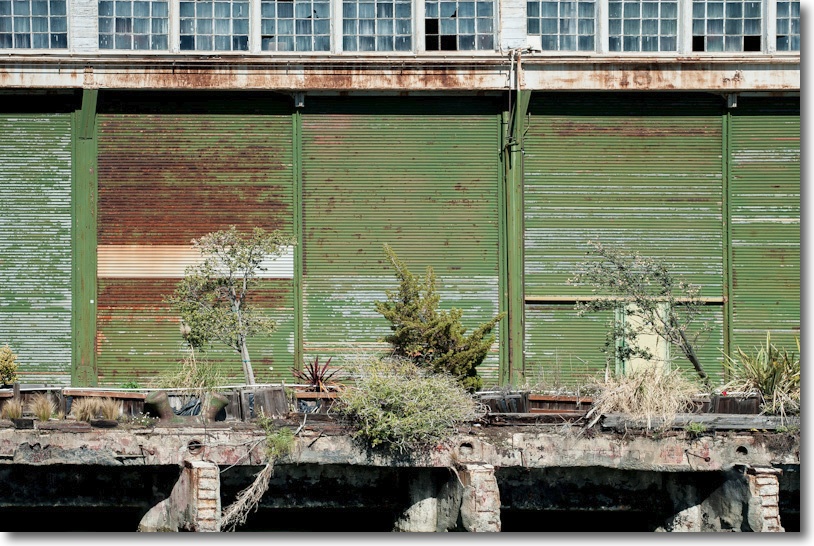
Wharf. Lots of these, many in poor shape, in San Francisco. At 58mm, f/6.7.
I have created a lens profile for use with Lightroom 3 and 4 and Photoshop CS4 or later. You can find it here. This profile will make correction of distortion and vignetting a one click process, once installed.